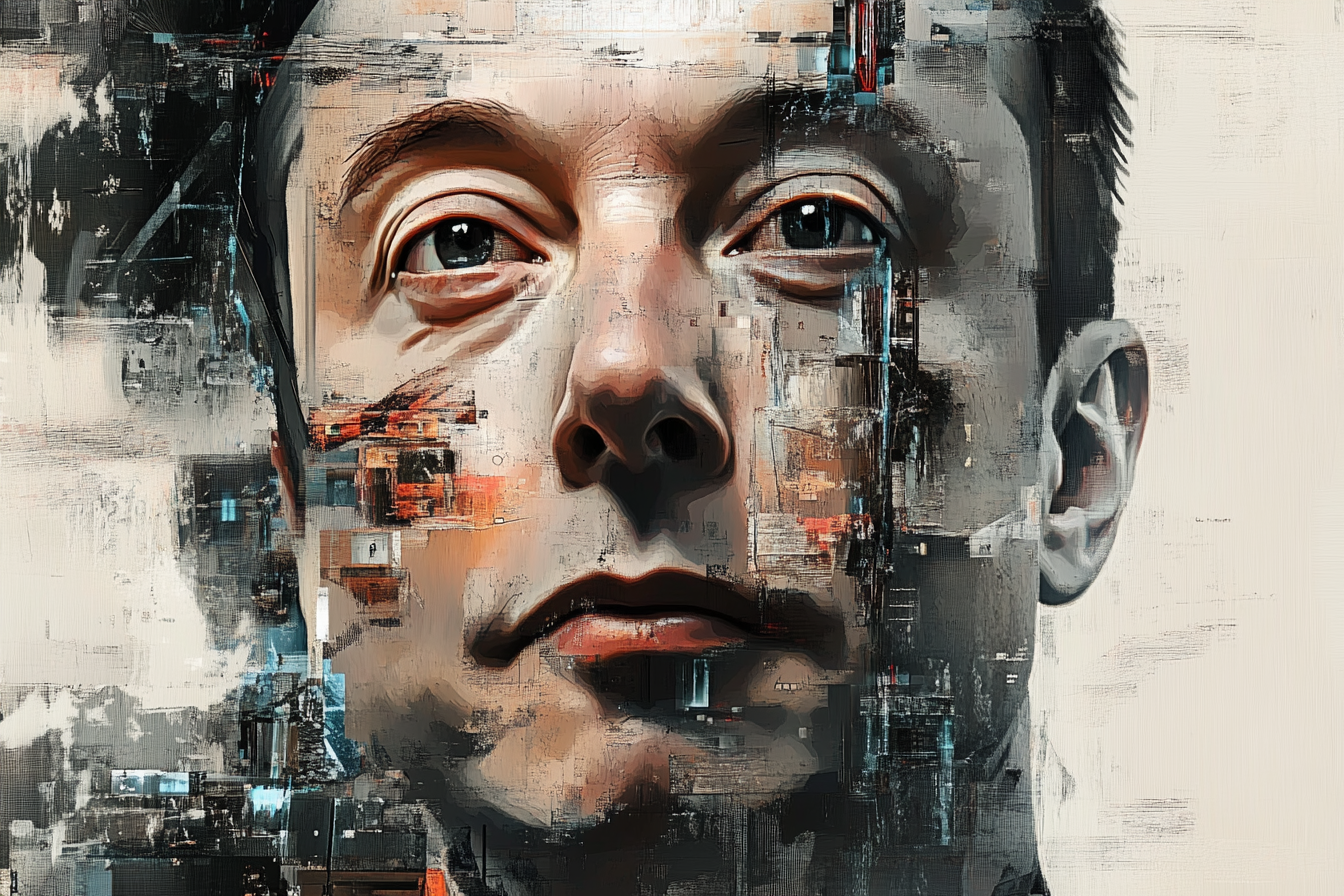
In today’s rapidly evolving digital world, it’s becoming increasingly challenging to distinguish between humans and AI-powered bots. One solution to this problem might just come from an unexpected source: Sam Altman, the CEO of OpenAI, who’s also a co-founder of a cryptocurrency project called Worldcoin.











